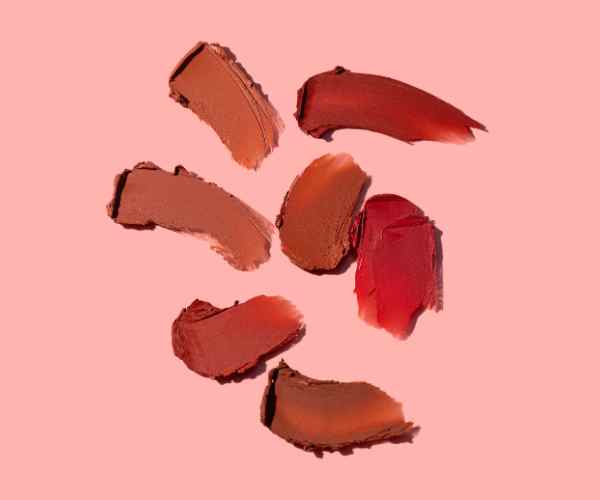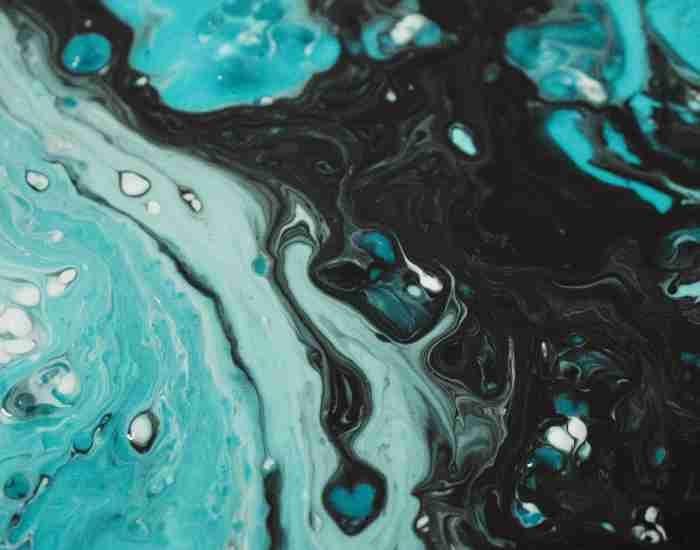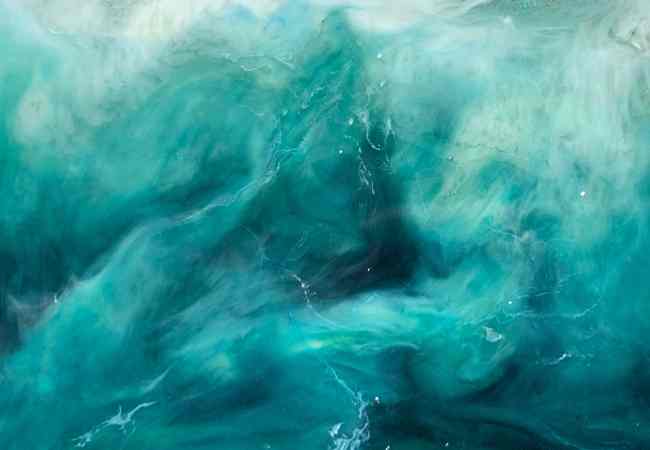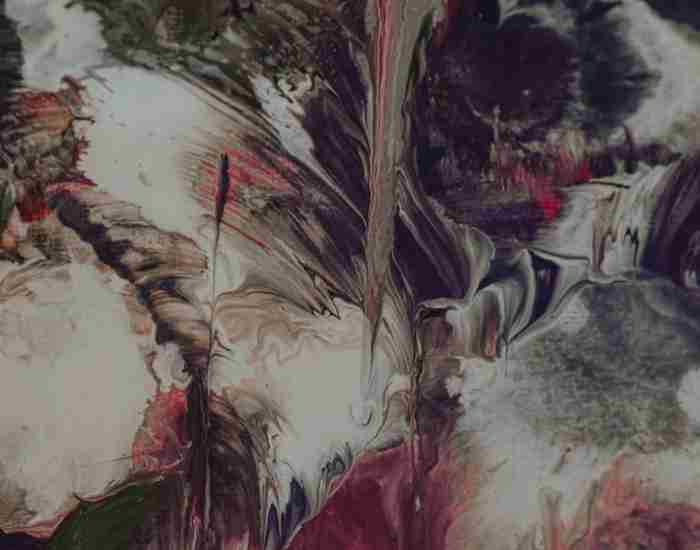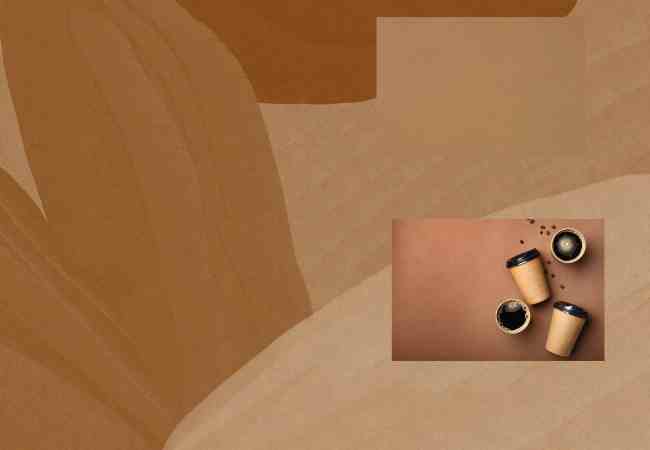Dear readers, take some color therapy as we accompany you to the intriguing universe of purple, the color which can be viewed as a combination of red and blue because it lies between the two. It is this combination that enables purple to have an almost magical effect which is why artists and designers use it so often.
For today, let’s focus on purples, and more precisely on the art and science of mixing different shades of purple. Starting from the soft lavender hues and going through the strong amethyst and royal purple, purple knows how to put the accents right and is a very versatile shade.
So, if you are looking for instructions on how to mix purple paint, look no further. This is not merely a process of mixing paint; it is a creative adventure, where paradigm-shifting ideas, unique life experiences, and well-written content join forces to make your journey as interesting and educational as possible.
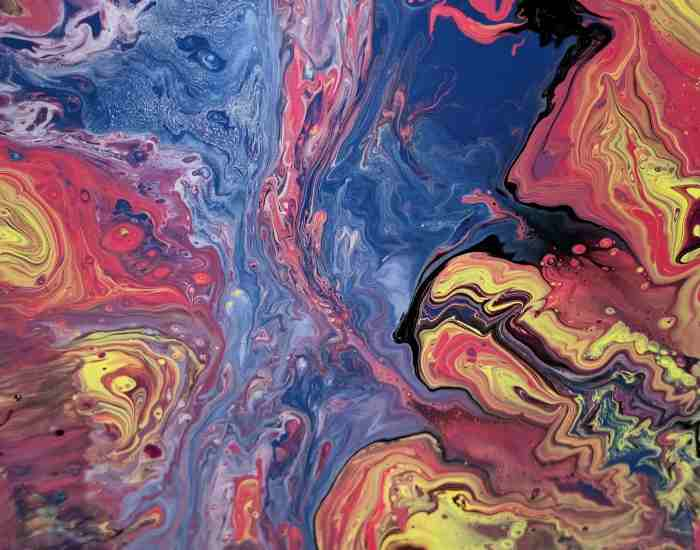
It is very enchanting about purple because of its depth as well as its endless potential. For acheiving a soft, calming lavender on the wall of the bedroom, or wanting deep violet for an artwork, learning about how to get the right shade of purple is essential. Moving forward, rest assured that we will guide you through the exploration of purple so that you are able to utilize it to the fullest in your artistic as well as your decorative projects.
The Basics of Color Mixing
To properly manage any creative design or art mixing, one must comprehend the basics of color theory. It is a logical aspect of how various colors relate to one another and can be viewed as a fusion of science and art. At the center of this understanding are the so-called primary colors, which consist of red, blue, and yellow. The concept here is that when these three colors are mixed, all other colors can be created, and this is the crux of our exploration.
Mixing red and blue gives purple, but purple is just a secondary color, a terminology we will define later in this paper. But how did that happen? And where does this mix take us? The answers arise in the form of warmer purple hues snippets like Provence violets or hints of blue violet that hint at dusk sky where red, blue, and yellow intertwined. The deeper the exploration of colors, the more questions that arise along the way.
A color wheel as it is prominent in Art, helps Anne in her case as she makes use of it. It adds helpful insight into color theory and practice, indicating how they relate and how they are to be used. By using the color wheel and understanding where the colors are and how close they are, we can become close to perfecting how to paint a purpley color. Purple’s beauty and fit into the spectrum is aided by other colors aside from them being an advanced version of purple, tertiary and complementary colors add to the complexity and richness in its own ways that one would be able to notice them.
Materials you will need
For this purpose, certain items have to be handpicked first. One of the most important in those is a palette knife which helps in mixing and applying colors. That helps an artist to have much more control over colors.
Equally important, however, is the selection of the paint. The palette is enriched by different shades of blue from ultramarine blue through cobalt blue to Prussian blue with its most ranging tones from the intense undertones of ultramarine to the soft shades of cobalt blue. In the same way, red shades such as alizarin crimson as well as red chalk paint have a similarly large swath of variation ranging from deep rich crimson to a pale light feeling of chalk paint. The interaction of these colors provides the basis and covers the ground for the different variations of purple.
How to Mix Purple Paint: Step By Step
Of course the mixing of purple starts off with the more striking and dominant shade blends of red and blue paint. This step is both a work of color blending and ration propriety of shade red vs shade blue where the emphasis on the adjoining ratio of red to blue blend is left to artistic creativity bottling out. By using slightly more of each primary color in different proportions, you can achieve a range of purples from dark purple to the light purple, region from a what you would call muted purple to a simple deep purple.
There’s beauty in trying things out and finding what works! Start of with mixing red and blue equally and witness the creation of a basic shade of purple. Then from there, you can start to change the ratio of the two colors. If you want a deeper blue color to be produced, simply add more blue to it; if you want a richer and deeper hue purple more red can be added to achieve the desired color. Remember this process isn’t only about mixing different colors, it is all about ideas, emotions, and visions behind it!
Let’s Move on to Tinting and Shading
Now that you have applied which has created a basic shade of purple first thing first on your list is Moving on to Shading or Tinting and focusing on them. These two steps involve altering the saturation in your purple which definitely helps in lifting the over tone and mood when the purple paint is used.
You can add white paint in small amounts to purple paint to make a tin rag on the purple, as you master this, you can literally turn a lavender deep purple shade to a lemon lavender on the hues! Or you can let your purples darken or shift into plum by incorporating shades such as burnt umber paint or black. Such changes transform the color completely and create a whole new emotional be as well!’
Advanced Techniques for Unique Shades
When it comes to purple, there are several artists or people who have not quite mastered the thick purple layer. For them, a more unique shade of purple can be achieved by using advanced mixing methods. One such method includes adding a hint of the color that sits across purple on the color wheel (Add a little yellow/green to your purple). Such an addition can certainly change the original purple and bring some complexity and vividness by providing some flushes to the base purple.
After this a plethora of possibilities is available for the mix of types of reds and blues. For example, try a dioxazine purple which is a really bright colored mix and cobalt blue which is also bright colored and it is most likely that the outcome would be entirely different. Further fuelling this, adding in reds such as alizarin crimson and even cadmium red introduces an array of purple colour shades to the mixture; from the lightest lavender to the darkest violet.
Real Life Applications of Mixed Purples
Focusing on the home decorations side and artwork, paints mixed in custom made purples will surely add an immense value and interchagevely enhance the different colors of art work used in the house. Because of how mixed purple pigments work, they are such a well trusted option to use in any piece of art, for example, a relaxed atmosphere mixed purple bedroom to a fully flavored sky themed purple living room.
Probably one of my favorite projects went hand-in-hand with remodeling a clients Master bedroom. At first, this particular room felt a bit tip and was enclosed but after illuminating the walls with a silvery light shade of lavender, I can confidently say that it was Cassius Powell instantly upgraded the room in an even non-vulgar way. When these walls were exposed to daylight, they were lavender, but not the bright type. These mediums made it possible to bring the illusion of elegance to the room. On the other hand, purple lavender lavender would bring solace where one could rest comfortably in the most appropriate manner while surrounded by pleasant feelings warm fur clothing that would feel cozy at night when artificial light softly illuminated earth and set the lavender hue walls to the tone of their surroundings.
Another example is the living room which acted as the main living space of the house and was given a makeover by the use of violet walls. This strong decision became the main attraction in the interior of the space and was able to harmoniously elaborate all the different interior decorations. The deep purple accentuated wall indeed made the room visually larger by creating an illusion while also aiding a lot artwork painted or photographs taken due the contrast in colors.
These instances emphasize the fact that even purple embodies a wide variety of shades and textures which alter the way decor can be showcased at home and rooms should aim to have the correct representation of space and images while greatly improving the mood.
Purple is prominent in art as it helps paintings portray emotion and definition. A combination of different mixed purple shades can enhance a canvas whether it is with acrylic paint or oil paints as each differs in effect.
One of the projects that I remember the most was working on a large abstract canvas where the color purple became the star of the show. As the team started to work on the large canvas, various shades of purple were blended in to achieve the desired results; from pale lilac to deep indigo. The lighter shades of purple were painted into the background creating peace within the artwork while the darker shades were painted onto the objects creating form. The combination of gold and white with the various purples made a great piece that could definitely evoke emotions showcasing how powerful the color purple can be.
Another example can be seen in a mixed-media artworks project where purple acrylics were the most widely employed for achieving brighter and illuminating hues while oil paints were used mostly for detailing. This technique enabled a more sophisticated and extensive mixing of shades and textures, this time purple was the tone that was spread across the entire piece. The resultant piece of art beautified the feature about purple that it could inspire different feelings from deep thinking to intense excitement.
FAQs
Specifics on combinations of red and blue that create bright purple, how do I mix them?
Creating a bright purple or an almost electric one hinges on the right selection of blue and red. This way to make bright purple, one would need to take a fierce red like cool alizarin crimson and combine with a brilliant blue such as a phthalo blue. This combination usually makes for a more exciting purple because phthalo blue is highly tinted and yellow based, combined with the use of a cool red, limits the undertone to an odd muted straw color. It is possible to play with the color ratio of these colors to find out what the ideal brightness and shade of pink purple hue you are looking for looks like.
How does the purple color scheme depend on the color theory to ensure the final outcome is attractive?
Color theory is important to color and how colors can be and are affected by other colors. For purple, a more vivid tone can be achieved by adding its direct opposite edge color which is on the opposite side of the color wheel, yellow. For purple this would be yellow. If you add a touch of yellow to your image but don’t mix it with the purple paint, the purple will appear more vivid due to it being a contrasting color. Also, knowing more about purple’s complements and the relationship between them can help when you are looking for a color combination where purple dominates in your composition.
How do I stop my purple paint from darkening more than I expected when it dries?
Acrylic paint dries darker than wet paint in order to fight this, you may want to mix your purple a shade lighter than how you want it to finally look. A little bit of white can alter the value without changing the tint much. Furthermore, mixing in a gloss medium can hold the brightness of the color while the paint dries. Or, you can apply this dry patch wherever you want to paint to get a good idea of how the gray color mix looks like when dry and make changes accordingly.
Conclusion
As we move from the basic concepts of color theory, through the intriguing stage of mixing shades as well practical uses in design and painting itself, our excursion into the world of purple shows us the limits of human imagination, curiosity and creativity through this beautiful color.
We have found the right conditions for the desired hue, the values of complementary colors, which purple should have, the amount of dirt that the darkness of paint fits into, and finally, we have touch on all the tints that you envision purple to be. This journey emphasizes that the right amount of purple should be considered to be a combination of fantasy and sheer blur of understatement and originality instead of just something that can be pulled off through technical prowess.
More Post

